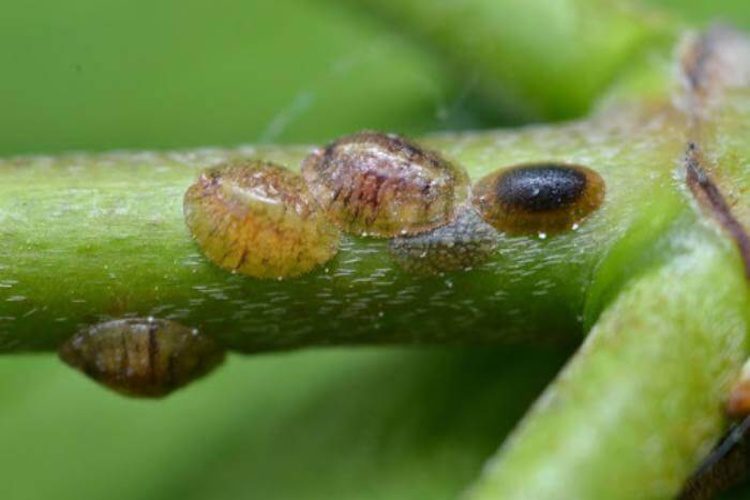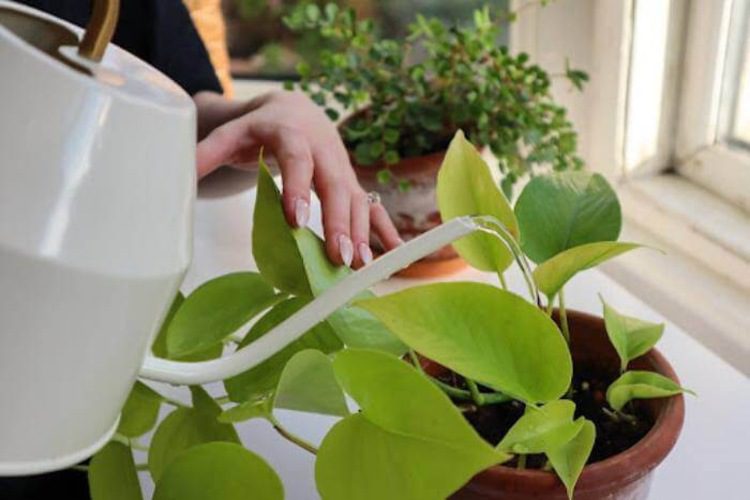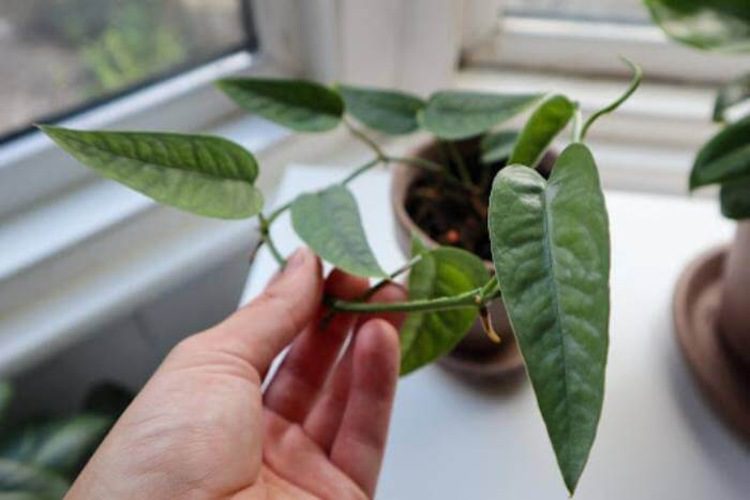How To Propagate Neon Pothos? Step-By-Step Guide

You have a gorgeous pot of Neon pothos in your house and want to add some individuals of this variety to your collection.
Then you should know the technique of pothos propagation. Propagating new Pothos plants from a few cuttings of a parent plant would be very exciting and rewarding. You can use the following methods: division, layering, or rooting stem cuttings.
Once you have a few new plants, you can either replant them in new pots or share them with your friends. They will love getting such lovely indoor plants from you! So follow our simple instructions on propagating pothos and try to have the new growth today!
The Best Time To Propagate Neon Pothos
The best time is during the growing season—spring or summer. During this time, the plant is more likely to form roots, and new plants can quickly establish themselves. This is similar to the Lemon Lime Philodendron, which is also best propagated during the growing season.
However, you can also practice pothos propagation during the fall or winter if you are willing to provide extra care and attention. Because the plant is dormant during this time, it will be slower to produce new roots. But with some patience, you can still successfully multiply Neon Pothos and Lemon Lime Philodendron during these months.

How To Propagate Neon Pothos: Step-By-Step Guide
We can generate new Neon Pothos by rooting stem cuttings in the water and by soil propagation. We will discuss both methods.
Water Propagation
The first way is to practice this in the water. It is a simple process that doesn’t require any unique materials.
You’ll need to take a 6–8′′ stem cutting from a mother plant; the original plant must be healthy to provide a robust baby pothos. In addition, you will need the cuttings with at least one node.
Leaf nodes are an essential factor in successful pothos propagation; these are small bumps where leaves emerge from the stem and new roots grow in the propagation process, so choose the stem parts with nodes carefully to have the best result.
Next, remove the leaves from the bottom half of the cutting. It will help prevent rotting while the cutting is in water. Then, place the pothos cuttings in a plastic bag or glass jar of room-temperature water. Ensure the leaf node is dipped in the water and the top leaves stay in the air.
Next, place the whole set where it will be easy for indirect sunlight or medium light to reach but not too heavily shaded. You should see new roots form within 2–4 weeks. Once the roots are an inch or longer, you can transplant the cutting into the fresh potting soil. Finally, water the soil well and keep it moist but not soggy.
Once established, Pothos plants are drought-tolerant, but young plants will need regular watering until they become acclimated to their new environment. Don’t try to overwater; it will become root rot. When it comes to water, you should keep a few things in mind.
First, you must change the water every few days to prevent bacteria from building up. You should also use a clean vessel and fresh water to track root growth easily. Rooted cuttings in water need to be transplanted sooner than those rooted in potting soil because they can develop “weak” or “leggy” roots, meaning the roots will become brittle and can break easily.
However, moving too soon is not a good idea either because pothos cuttings that are transplanted before they develop strong roots may not survive. Once your plant has settled into its new home, you should start to practice pothos care to have those beautiful neon pothos around.

Soil Propagation
Another way is soil propagation. It is an approach for those who want to get their pothos plants started in pots right away or for those who think access to water is a bit irritating. It means you can also control the moisture levels in the soil more efficiently, which is essential for successful propagation.
Having your own potting soil mix allows you to tailor the finished product to whatever you need. First, fill a pot with a well-draining mix to propagate in the soil. You can use commercial ones with variations like perlite, peat moss, and vermiculite.
Next, take your cutting from a healthy mother plant and remove the bottom leaves so that only 2–3 leaves are left on the stem. You might invest in some rooting hormone to make the roots grow more quickly and increase in number.
Dip the cut end of the stem into the rooting hormone powder, then insert it into the potting mix. Gently firm up the mix around the stem. Then, water the soil well and place the pot in a warm, bright spot. Keep the soil moist but not soggy while roots form; you should see new root growth in 4–8 weeks.
It would help if you also fertilized it every 2–4 weeks. At this point, you can treat your new plant like a regular houseplant.
However, it’s important to note that Neon Pothos plants are more susceptible to brown spots than other Pothos varieties.
This is because they have less chlorophyll, which makes them more vulnerable to pests and diseases. To prevent brown spots on Neon Pothos, be sure to give your Neon Pothos plenty of bright, indirect sunlight and water it regularly. You should also inspect the plant regularly for pests and diseases.
Next, ensure you’re using a pot with drainage holes to avoid root rot, and also remember to water when the top few inches of the soil are dry because the pothos now have a higher demand for water than when they root in water. Once roots grow, fertilizing will keep them healthy and growing continuously. Also, give your plant plenty of bright natural light and avoid direct sunlight.
One thing to keep in mind is that it can take a little longer for the roots to develop in the soil than in water. So be patient and don’t give up if you don’t see new growth immediately.
So, there are two ways: in water or soil. Each method has its benefits and drawbacks. If you’re looking for a quick and easy way, then propagating in water is the way to go.
But if you want more control over the soil’s moisture levels and a stable process, then propagating in the soil is the better option. Whichever method you choose, be sure to give your pothos plenty of bright light and regular watering. With a bit of time and care, you should be able to grow baby plants successfully.
Can Neon Pothos Grow From Just A Stem?
Yes, you can propagate new Neon Pothos from just a stem. To do so, cut the stem of a healthy pothos plant with at least one node and place it in water. Within a few weeks, you should see roots and new leaves growing from the stem. Once the new pothos plant has grown enough, you can transplant it into the soil.
Conclusion
Neon pothos plant propagation is best done in the spring or summer when temperatures are warm. This variety of pothos is easy to care for and makes a great houseplant. With a bit of patience, you can easily make other pothos from cuttings. It only takes a few easy steps to go through. You can follow our guides above to get great results. Neon pothos is a fast-growing plant, so you will see new growth in no time. Thanks for reading, and good luck with your propagation!









